Xiaohan Feng
Ontology-grounded Automatic Knowledge Graph Construction by LLM under Wikidata schema
Dec 30, 2024

Abstract:We propose an ontology-grounded approach to Knowledge Graph (KG) construction using Large Language Models (LLMs) on a knowledge base. An ontology is authored by generating Competency Questions (CQ) on knowledge base to discover knowledge scope, extracting relations from CQs, and attempt to replace equivalent relations by their counterpart in Wikidata. To ensure consistency and interpretability in the resulting KG, we ground generation of KG with the authored ontology based on extracted relations. Evaluation on benchmark datasets demonstrates competitive performance in knowledge graph construction task. Our work presents a promising direction for scalable KG construction pipeline with minimal human intervention, that yields high quality and human-interpretable KGs, which are interoperable with Wikidata semantics for potential knowledge base expansion.
* Presented at HI-AI@KDD, Human-Interpretable AI Workshop at the KDD 2024, 26th of August 2024, Barcelona, Spain
Injecting linguistic knowledge into BERT for Dialogue State Tracking
Nov 27, 2023Abstract:Dialogue State Tracking (DST) models often employ intricate neural network architectures, necessitating substantial training data, and their inference processes lack transparency. This paper proposes a method that extracts linguistic knowledge via an unsupervised framework and subsequently utilizes this knowledge to augment BERT's performance and interpretability in DST tasks. The knowledge extraction procedure is computationally economical and does not necessitate annotations or additional training data. The injection of the extracted knowledge necessitates the addition of only simple neural modules. We employ the Convex Polytopic Model (CPM) as a feature extraction tool for DST tasks and illustrate that the acquired features correlate with the syntactic and semantic patterns in the dialogues. This correlation facilitates a comprehensive understanding of the linguistic features influencing the DST model's decision-making process. We benchmark this framework on various DST tasks and observe a notable improvement in accuracy.
Convex Polytope Modelling for Unsupervised Derivation of Semantic Structure for Data-efficient Natural Language Understanding
Jan 25, 2022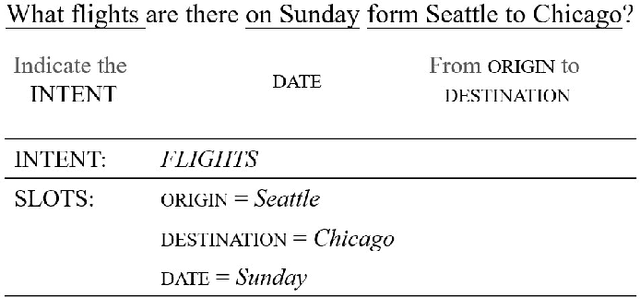
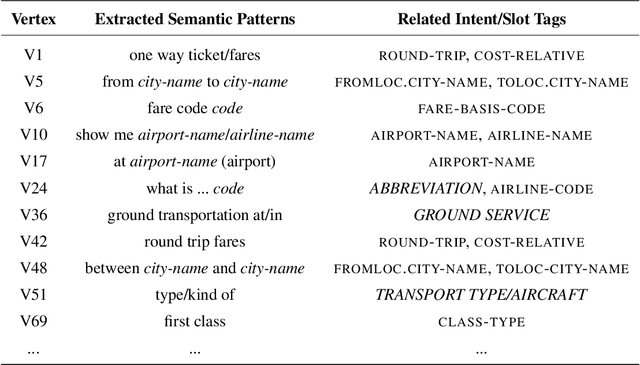
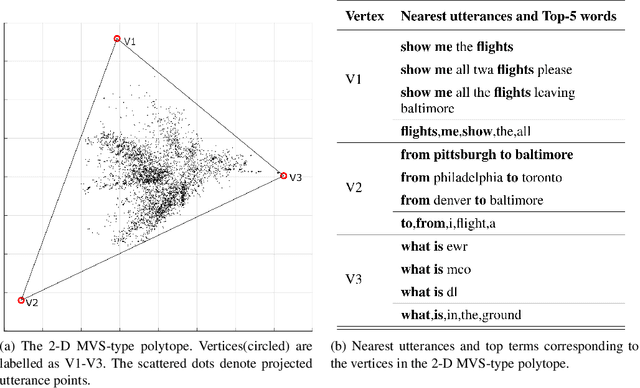
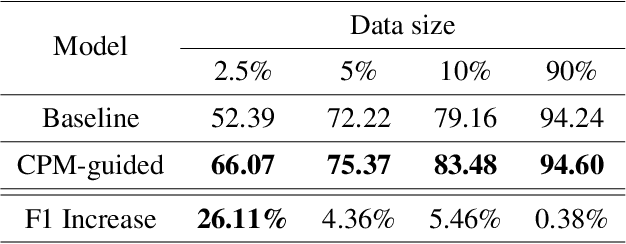
Abstract:Popular approaches for Natural Language Understanding (NLU) usually rely on a huge amount of annotated data or handcrafted rules, which is laborious and not adaptive to domain extension. We recently proposed a Convex-Polytopic-Model-based framework that shows great potential in automatically extracting semantic patterns by exploiting the raw dialog corpus. The extracted semantic patterns can be used to generate semantic frames, which is essential in assisting NLU tasks. This paper further studies the CPM model in depth and visualizes its high interpretability and transparency at various levels. We show that this framework can exploit semantic-frame-related features in the corpus, reveal the underlying semantic structure of the utterances, and boost the performance of the state-of-the-art NLU model with minimal supervision. We conduct our experiments on the ATIS (Air Travel Information System) corpus.
Wallpaper Texture Generation and Style Transfer Based on Multi-label Semantics
Jun 22, 2021


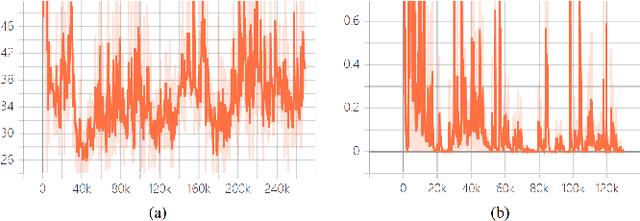
Abstract:Textures contain a wealth of image information and are widely used in various fields such as computer graphics and computer vision. With the development of machine learning, the texture synthesis and generation have been greatly improved. As a very common element in everyday life, wallpapers contain a wealth of texture information, making it difficult to annotate with a simple single label. Moreover, wallpaper designers spend significant time to create different styles of wallpaper. For this purpose, this paper proposes to describe wallpaper texture images by using multi-label semantics. Based on these labels and generative adversarial networks, we present a framework for perception driven wallpaper texture generation and style transfer. In this framework, a perceptual model is trained to recognize whether the wallpapers produced by the generator network are sufficiently realistic and have the attribute designated by given perceptual description; these multi-label semantic attributes are treated as condition variables to generate wallpaper images. The generated wallpaper images can be converted to those with well-known artist styles using CycleGAN. Finally, using the aesthetic evaluation method, the generated wallpaper images are quantitatively measured. The experimental results demonstrate that the proposed method can generate wallpaper textures conforming to human aesthetics and have artistic characteristics.
 Add to Chrome
Add to Chrome Add to Firefox
Add to Firefox Add to Edge
Add to Edge